I have long been interested in how meaning gets made—how we come to value certain ideas or come to believe others.
I began this body of work looking for large narrative structures that fuel our societal functions, whether they be spiritual or cultural. I finally landed on Joseph Campbell’s “The Hero’s Journey.” I wondered if there might be a Female Hero’s Journey, if so, would it be different from the male version and if yes, how?
That question led me to look at the tales women told specifically, how they differed from the male versions, which led me to Marina Warner’s fascinating text From the Beast to the Blonde: On Fairy Tales and Their Tellers.
In it she describes that the places where women gathered alone offered dangerous freedom.
Powerful male figures of the 17th c. for instance, cautioned against the energetic exchange of information by women and suggested that these ordinary moments of women’s work (and play) often result in unruliness. The rather thinly veiled insinuation, however, is that gossip carried knowledge of secrets and intimate matters “including illicit information about sex, contraception and abortion, all of which threatened the official organs of the Church, Law and Science.” [1]
Women knew things—things the authors didn’t want known, feared they didn’t know, or didn’t want others to know.
The connection between “intimate talk and the control of women’s flesh—it’s pleasures and it’s sufferings,” [2] are made apparent here, and the fight for who has say over the female body sends reverberations all the way to present day.
The words of women, whether it be news and gossip, or the erotic and violent wonder tales told the world over by “old biddies,” grandmothers and nurses, serve as an underground railroad for change. Each generation molding and mending the template to suit a new need or desire.
Spanning geographies and class structures, society’s voiceless women shaped a world they wanted. Of course, taken out of context and devoid of their bite, these tales may read as entertainment, but in their day they were the whispers of progress—at times cautionary tales, in other instances emotional dramas meant to inspire rights and privileges outside normal social codes of the day. In some cases moving a culture towards broader terms of freedom for the narrator and her coterie.
What if the female characters we’ve come to know from the old masters—the lounging odalisques, the giggling nymphs, the chorus that whispers in the background—present more than a voyeuristic visual feast? What if these characters embody a flickering of female power at work?
My paintings pull at the shadows of historical works of art and ask what dormant new narratives might be found in the female subjects that inhabit them.
What invisible histories might be embedded or encoded? And is it possible to restore autonomy to these models, to whatever nuances of expression might have been contained in their poses? Maybe it cannot be restored—they are long gone—but perhaps it can be conceived afresh.
My paintings are an act of distillation, boiling off the extravagance and iconography of these original sources in pursuit of more delicate, less definite, but perhaps truer relationships.
Many of the paintings that I re-envision are taken from the Rococo era. An era often swept under the rug of art history for its femininity and frivolity. This was a time when women were key players in the creation of culture.
Women like Madame Pompadour, mistress to Louis XV in 18th c France, were the primary patrons of many of the artists associated with that time such as Boucher and Fragonard. Much like the stories being told of that time and their role in creating more opportunities of freedom for women, this body of work questions those complexities of power.
How we might use what we have to get what we want and how what we want isn’t always good for us.
The myths underpinning my most recent paintings are rooted in desire, but as basic as that impulse may be, it isn’t simple. Desire is a component of admiration and love as well as covetousness and overindulgence. My sources—tales from antiquity of pursuit and abduction—illustrate the charged complexity of wanting: wanting something beautiful, wanting to be ravished, wanting to ravish.
My work lifts these women out of their assigned roles and resettles them in less limited surroundings. One-time attendants, bathers or symbols of fertility now inhabit abstract fields of color. Swaths of oil paint and screens of gold leaf obscure their bodies.
The violence of the old myths is sublimated into whirls of layered and saturated color. If there is a utopia building for these women, it’s Amazonian, not pastoral, full of a vigor and potential that keeps their newfound intimacy grand.
Free of context, of narrative constraints, of salacious bulls and leering satyrs, they are less iconic and more human. Their glances and gestures take on a confidential manner no longer accessible to the viewer. Their desires turn inward. But even stripped of history painting’s theatrical and symbolic conventions, my canvases retain their monumental scale and physicality.
Voluptuous bodies give way to voluptuous paint.
~
Sources Cited:
[1] Marina Warner From the Beast to the Blonde, On Fairy Tales and Their Tellers. Pg 40
[2] Marina Warner From the Beast to the Blonde, On Fairy Tales and Their Tellers. Pg 42
~
Relephant Read:
Painting the Things We Cannot See. {Original Artwork}
~
Author/Artist: Angela Fraleigh
Editor: Renee Jahnke
Artwork: Courtesy of the Artist


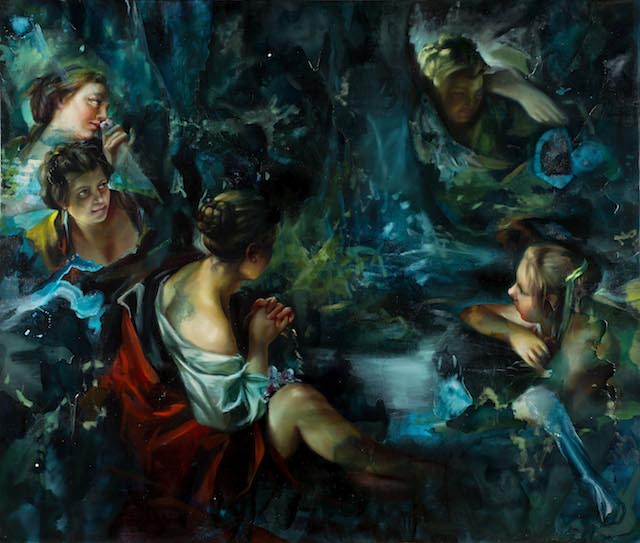

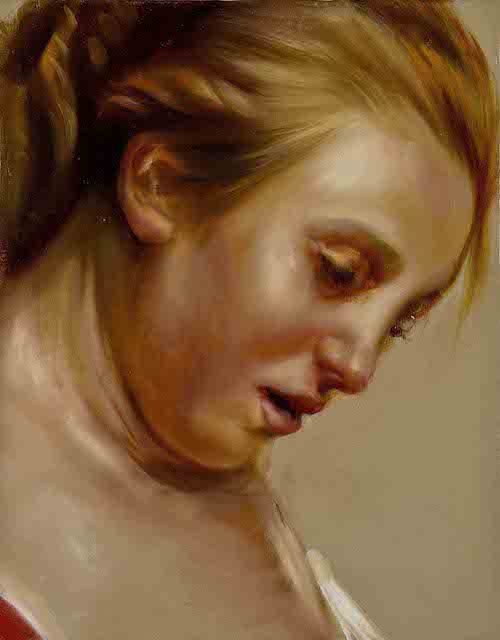
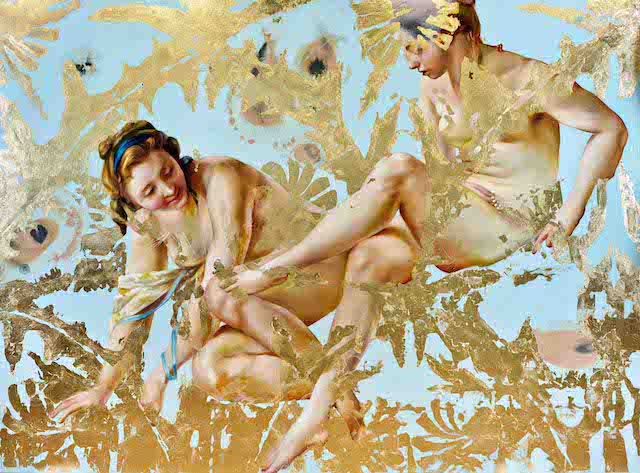
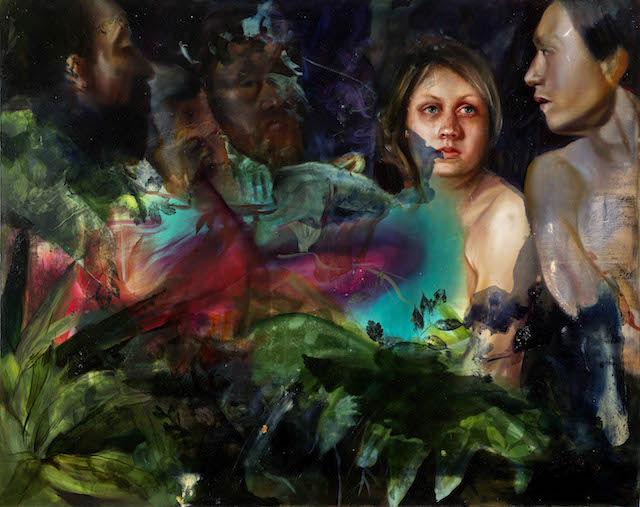
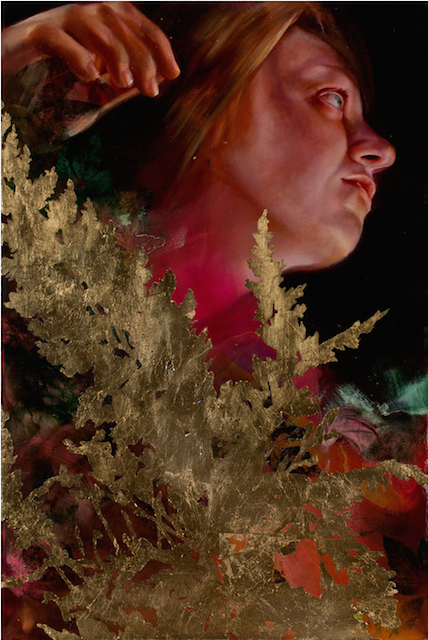




Read 0 comments and reply